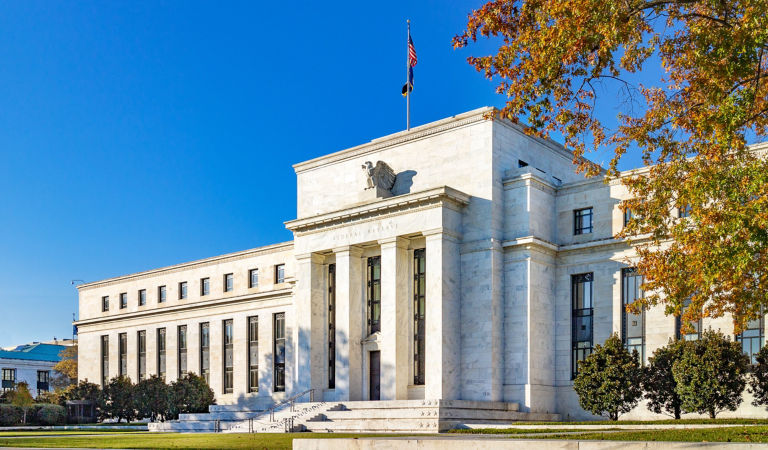The May Federal Open Market Committee (FOMC) statement noted that in recent months inflation has failed to show further progress toward the Fed’s 2% objective. As a result, the clear bias to ease rates has disappeared. Chair Powell was quick to note that he thought it was unlikely that the next policy move would be a hike, but the market could be waiting for much longer than previously expected for the FOMC to begin cutting rates. Powell did highlight that the Fed is particularly attuned to the state of the labor market and would react if it saw any outsized weakness. From my perspective, this puts more asymmetry into prospective price action if the April labor report is meaningfully misaligned with expectations.
Inflation has not cooperated
Inflation data, which had precipitously declined over the second half of 2023, has since proven much stickier, with the Fed’s preferred core personal consumption expenditure leveling at 2.8% year over year as of the March reading. The labor market has also demonstrated resilience, though some of the leading indicators I monitor suggest a turn may be imminent. In addition, the quits rate — an important leading indicator for wage growth — has declined to its lowest level this economic cycle, which suggests workers have less confidence in finding new jobs. This typically leads wages and service price inflation lower. Still, broader economic data have proved stronger than forecasted; investors will need patience in awaiting the next easing cycle.
Clarity on quantitative tightening (QT) tapering
The Fed also announced it would slow the pace of its balance sheet reduction by redeeming no more than US$25 billion in Treasury securities per month, down from up to US$60 billion per month. This Fed statement coincided with the latest quarterly refunding announcement from the US Department of the Treasury, released earlier in the same day, which announced that it would begin buying back up to US$30 billion in Treasury securities in the secondary market. While both events were scheduled months in advance and policies are conducted independently, I do find it interesting the Treasury market’s two biggest players announced significant policy changes on the same day that should both benefit the Treasury market in the near term.
Final thoughts for Fed watchers
Although the Fed will not update its summary of economic projections again until the June FOMC meeting, it seems clear that its bias for easing policy rates has moderated. I still think there is a good chance the Fed will be able to deliver rate cuts this year. Policy rates have been restrictive for quite some time and the lagged impacts are likely still working their way through the economy. Of course a potential “Trump card” played in November, with the accompanying inflationary impacts of expected more restrictive trade and immigration policies, could challenge that view.















The real issue on rate cuts? Keep your eyes on the dot (plot)
Keep your eyes on the Fed's 2025 dot plot. The real story is where policy rates are headed, not just the next rate cut.
By
Brij Khurana